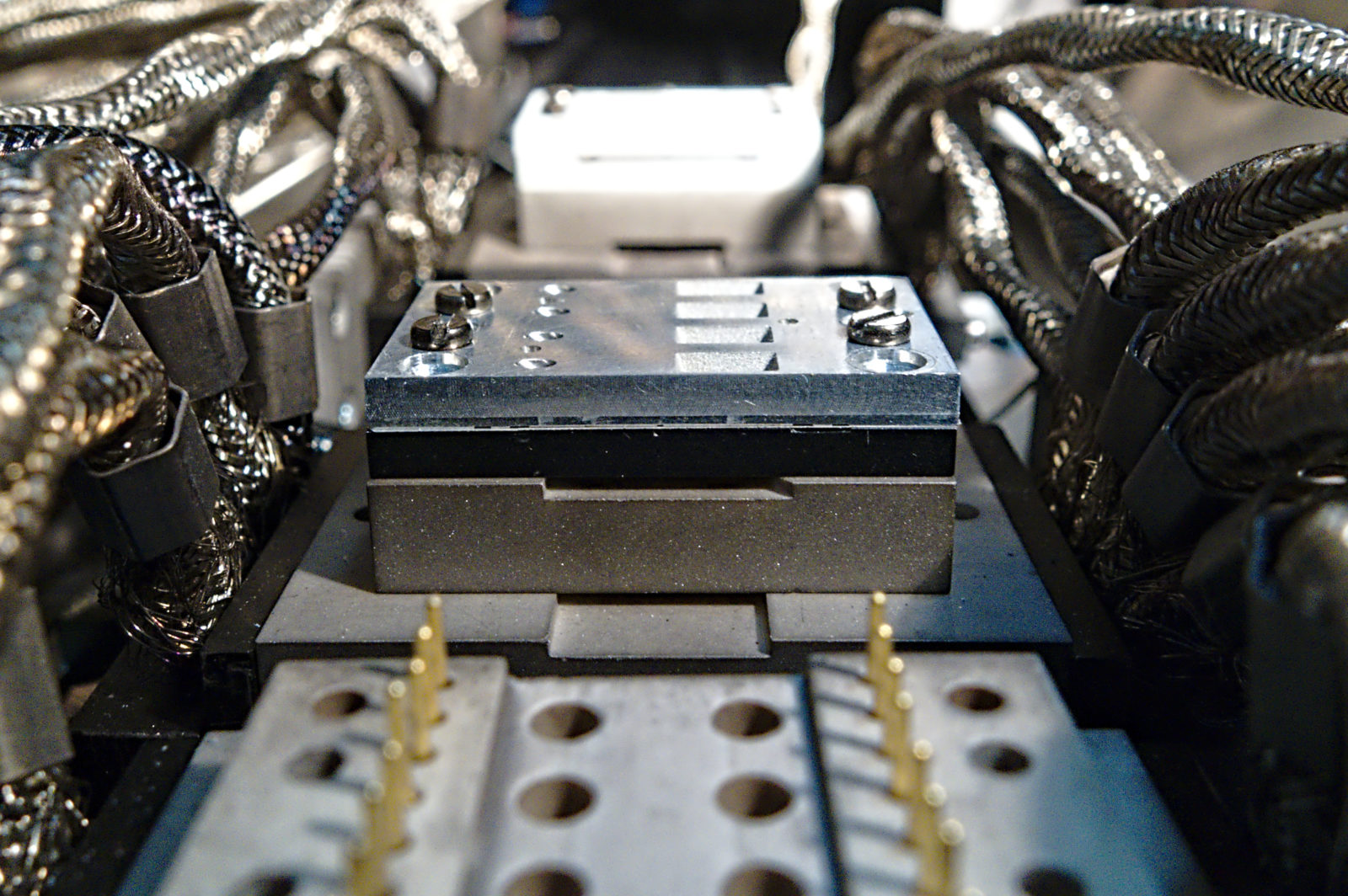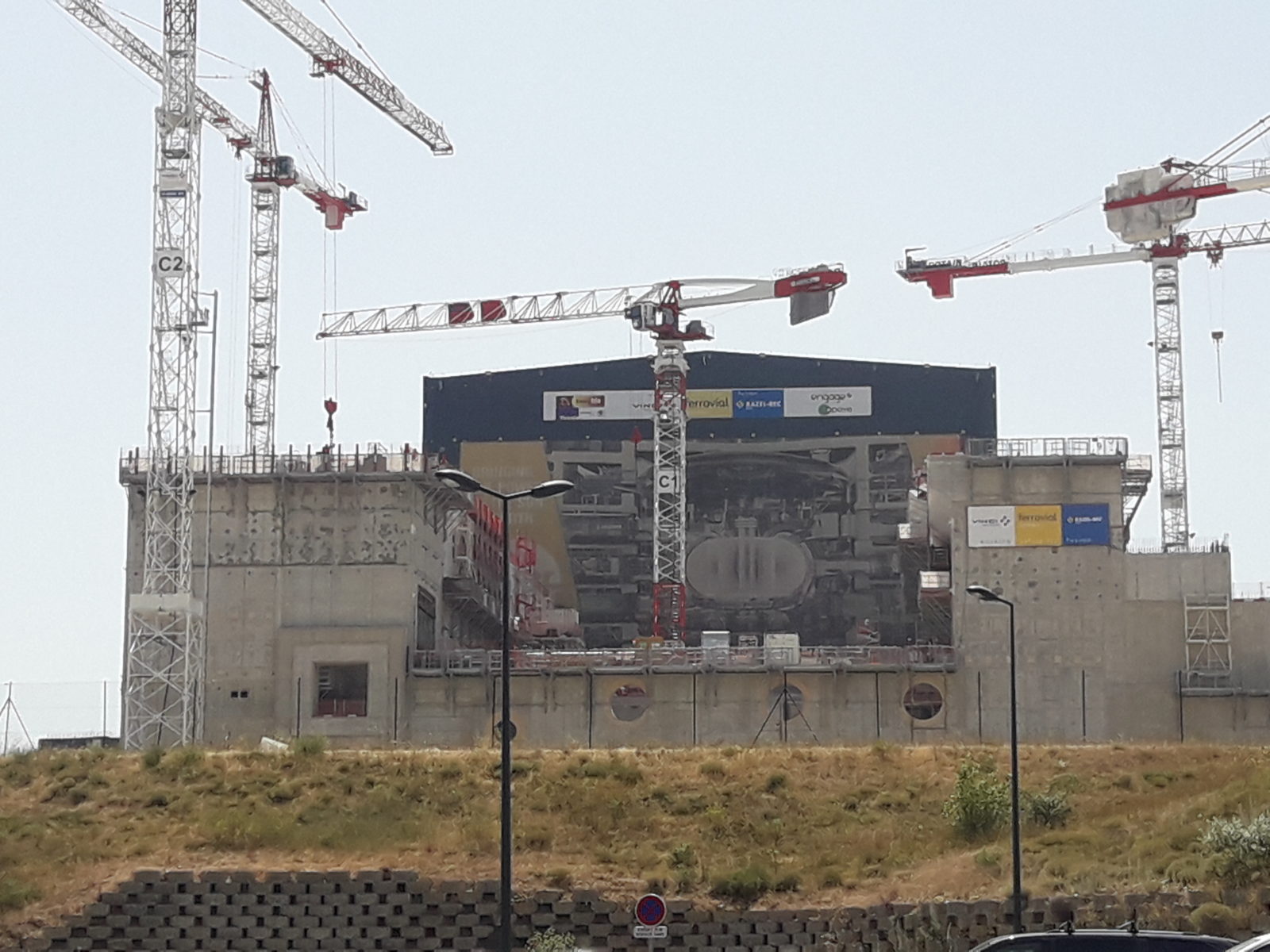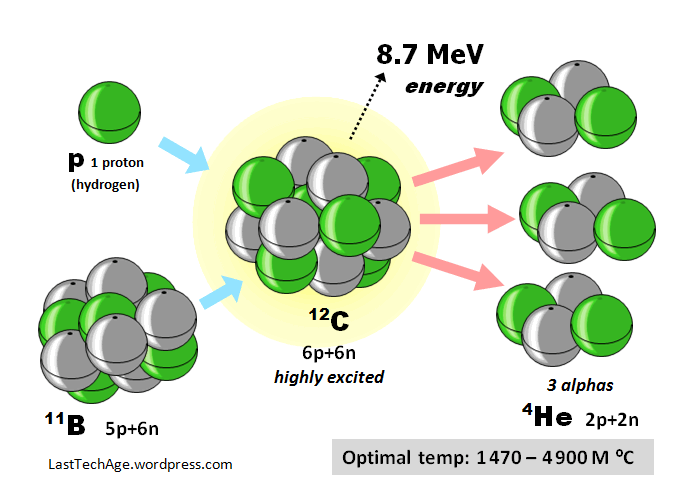I recently gave a talk for the Michigan Institute for Plasma Science and Engineering at the University of Michigan, Ann…
This is a talk I gave for the High Energy Density Science Association on Monday May 3rd, 2021.
This is a recorded version of the talk I gave last week at the APS DPP annual meeting. We found some unexpected behaviour in what we thought would be a simple collision between a magnetised plasma and a planar obstacle. We diagnose the plasma flows to determine the relevant parameters and length scales, which help us to understand what instabilities might be driving turbulence in this plasma.
The premier plasma physics event of the year, the American Physical Society’s Division of Plasma Physics Annual Meeting is now upon us. Normally this would mean jet lag, hoppy American beers, AirBnBs in dodgy parts of town and far too much cheap conference coffee.
I’ve been trying out a few new tools recently. Rocketbook is an erasable notebook you can scan with your phone, and Notion is, well, I’m not sure. It might be lots of things. I use it as a task manager, and I’ve started using it as a spreadsheet/database for grant proposals.
Here’s a video of the talk I gave for the PPPL Heliophysics seminar last week. It covers research on pulsed-power driven experiments on magnetic reconnection and magnetohydrodynamic turbulence, as well as new diagnostics for plasma turbulence and the new PUFFIN pulsed-power facility to be built at MIT.
After a wonderful year of living in Munich and working at the Institute for Plasma Physics there, I decided to return to my first love: dense, magnetised plasmas. Since April 1st I’ve been working again as a post doc at Imperial College London, in the MAGPIE Group.
A few months ago, I saw an email asking for contributions to Fusion in Europe, the magazine produced by EuroFusion,…
This was my first visit to the ITER site to meet with our collaborators, so I thought I’d record a few impressions whilst I wait for my plane at Marseilles airport.
A new paper shows that an attractive form of nuclear fusion is more practical than previously thought. That’s the good news. The bad news is that it’s still hard!








